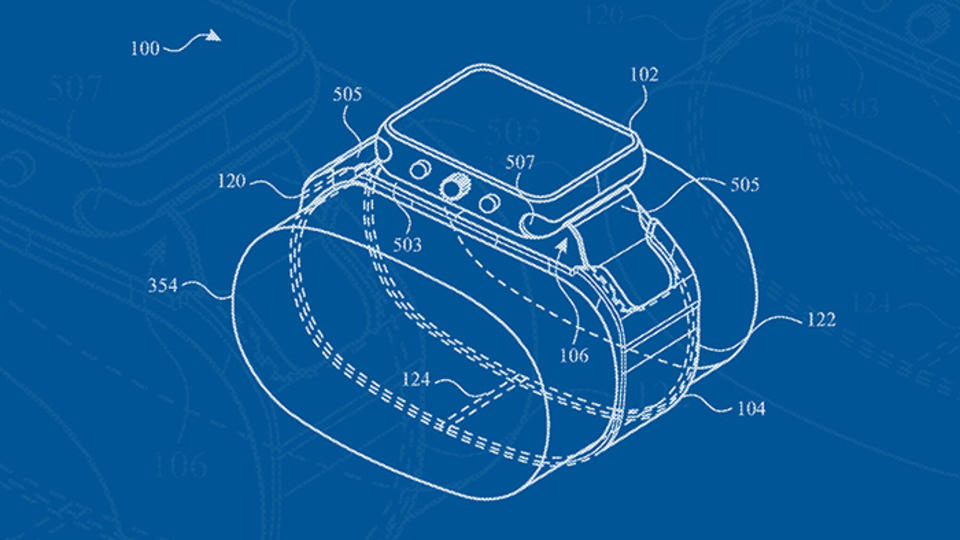
Shooting Star
Space Architect Constance Adams Left Earth Too Early. She Left Us Instructions.
By Claudia Feldman
Space Architect Constance Adams Left Earth Too Early. She Left Us Instructions.
Constance Adams sounded like her old self — a powerhouse who drove a muscle car, loved punk rock and devoted the bulk of her remarkable career to designing spaceship interiors for solar system travelers.
Adams, 53, looked sharp, too. Her hair was freshly cut and styled, her nails polished cherry red.
“I’m going out with fabulous nails,” she told a friend.
That’s when the medical supplies in Adams’ living room in inner city Houston came into sharper focus — the hospital bed, the wheelchair, the breathing aids.
Adams had terminal colorectal cancer. She’d already left reams of notes for friends, family, and most importantly her daughters 16 and 9. She’d planned her funeral and her memorial service. For Adams, however, there was no resting yet. Instead, with her last labored breaths, she sounded the alarm on climate change, what she saw as the most pressing issue of her lifetime.
She shifted her formidable focus from outer space to her own planet last summer, shortly after receiving her cancer diagnosis. “I was on my porch drinking coffee, and I realized, it’s not if but when. Even if we put the brakes on the level of destruction that we have perpetrated so far, we’re going to have significant climate collapse by 2050.”
Adams started writing and didn’t stop until she produced what she called a blueprint for survival. From her hospital bed in mid-June, she clutched the 17-page document. “There’s lots of bad news in here but I also explain what I think we can do,” she said. She died a week later, June 25.
****
Constance Marguerite Adams was born in Boston July 16, 1964. But she traveled so often to Europe with her parents, and later, her father and stepmother, that she knew more about world history, art history and philosophy than most adults. When she entered Harvard University in the fall of 1982, other students struggled to keep up with her.
“All my classmates were brilliant, but Constance was intellectually a giant,” said old friend Franny Eanet, now a research coordinator at the University of Massachusetts Medical School. “Sometimes she would be drawing parallels between historical events, and since I didn’t want to reveal my ignorance, I would just say, ‘Um, sure.’”
“She was probably the wildest character in our grade,” said Michael Hirschhorn, another Harvard grad who went on to found Ish Entertainment, “She had this really outrageous, I-don’t-give-a-crap-about-anything attitude. I liked that she was a free thinker and an outsider — someone not so desperate to impress everybody else at Harvard.”
The very fact that Adams was an outsider likely fuelled her stellar trajectory, said Scott Sonenshein, a management professor at Rice Business. Sonenshein, who has written a book called Stretch, described Adams as the “quintessential stretcher.”
She came from a social science, not technical background. She was often the lone women among dozens of men at work. Because she thought and reacted differently than they did, Sonenshein said, she was often the better and more creative problem solver. Sonenshein pointed to research that shows women are 20 percent more successful than men at solving society’s greatest problems, precisely because they are treated as outsiders.
If Adams led her college pack in pondering life’s big questions, she loved life’s little questions, too.
Who made the best coffee? (She did.) Who knew the most about punk rock? (Eanet did.) What to do with her wild mop of curls? Adams frequently cut and dyed her own hair. After she produced her usually outrageous ’dos, sometimes embellished with colored phone cords, she’d turn to Eanet and do her hair, too.
Adams graduated from Harvard in 1987, after taking a year off to focus on social justice issues in New York. Her next stop was an advanced degree in architecture from Yale, where she was infamous for occasionally attending class in a red tutu, black fishnet stockings and combat boots. As she hopscotched from prestigious jobs in Japan and Germany (she mastered Japanese and German, in addition to French and Spanish), she remained true to her nickname, Constantly Constance. That meant, in addition to lots of talking and attention-grabbing clothes, the occasional interpersonal skirmish.
Hirschorn, who is producing a documentary about Adams, said she didn’t have much of a filter or interest in social niceties. “It was hard to get her to take it down a little so we could have a calmer conversation. Her mind moved so kinetically that she couldn’t slow down in her own head to explain what she was thinking.”
Adams was job-hunting in Houston in 1995 when she took an afternoon off to tour NASA’s Johnson Space Center. She was so inspired by the challenge of exploring space, Mars in particular, that she sent in her resume. That decision was life-changing. As a NASA contractor, she helped pioneer the field of space architecture. She helped design the interior of the International Space Station. Another beloved project was TransHab or Transit Habitat, an inflatable module that was designed to expand and improve ISS living and working spaces, although it never reached fruition due to lack of government funding.
During a much-publicized talk years later, Adams decried the on-going budget cuts to the space program. “We’ll never get to Mars like this,” she said.
While working in Europe, Adams was used to being the only female architect in the room. At NASA, the field of space architecture was dominated by men as well, but the stakes were higher.
She told Lance Hosey and Kira Gould for their book, Women in Green: Voices of Sustainable Design, “It’s not about being pretty — it’s about solving a problem. If you don’t, people will die. So, I have very stringent standards. I’m pretty sure that if I were male, I’d get a lot of respect for that. Instead, I’m seen as too tough.”
During Adams’ earliest days at NASA, she worked on Bio-Plex, a prototype of a surface habitat designed for Mars. She also helped design the X-38 crew return vehicle and its orbital space plane. She and other space architects famously tried to give astronauts a sense of what was up and what was down in a gravity-free environment.
She told National Geographic, “You take gravity out of the equation, and everything goes kablooey.”
By 2005 Adams was widely recognized for her work and was named an Emerging Explorer by the National Geographic Society.
The NGS staff announced in an email, “These are individuals who embody a spirit of exploration — seeking out truth and knowledge and then passionately sharing it with others. Constance personified these traits.”
****
When Adams’ marriage ended in divorce, she threw herself into parenting. To daughters Valerie Wehring and Mathilde Adams, she was the cool mom who drove a Dodge Challenger, instantly approved hairdo experiments and whipped up fantastical birthday cakes. One was in the shape of an oyster and topped with her highly acclaimed buttercream frosting.
“She was in a constant quest to improve every situation,” said MaryScott Hagle, a nonprofit administrator who bonded with Adams as they waited for their daughters in art and dance classes. (Today, Hagle and her husband, Daniel Kornberg, are the legal guardians of Valerie and Mathilde.)
“Constance used to buy tank tops for the girls, then hand-knit skirt and sleeve attachments,” Hagle said. “They were engineering experiments.” Hagle became an even closer friend after Adams had her first colonoscopy at age 52 and learned she had stage 4 cancer. It already had metastasized to her lungs and liver.
From then on Hagle went with Adams to most of her doctor appointments.
“I imagine Constance’s file (at MD Anderson Cancer Center) was pretty colorful,” Hagle said. “She was not above busting out the curse words when necessary.”
Until she realized the fight was over, and she had only limited time to share what she knew.
Adams did her best. She pointed to some climate change models that predict as many as 5 billion people will lose their homes in the next 100 years due to flooding or drought. Already, she said, global temperatures are rising, polar caps are melting and the fish in our oceans are disappearing.
Already, she added, the world’s infrastructure is at risk. Just one example: Right now 80 percent of the rail lines in the world are situated in locations that are destined to flood in the future.
Perhaps most urgent to Adams was the likelihood that we will lose 80 percent of the world’s biodiversity by the end of the century.
"Which 20 percent do we need?” Adams asked days before she died. “Do we build an ark?”
There was much more to say, but she was exhausted. “Talk to Francois,” she said.
***
Adams and Francois Levy were design partners in the company she formed in the ‘90s, Synthesis International.
“Constance had a tremendous amount of innate design sense; I don’t want to downplay that,” Levy said. “But she was really a scientist. She would go where evidence and facts as she understood them would take her.”
That’s how she formed her opinions on climate change, Levy said, “and she was obviously not alone. She believed that there are a lot of necessary steps we have to take (to save ourselves), and somehow we’re not taking them fast enough or broadly enough because many of us have shorter-range interests at stake.”
As Adams concluded one of her final interviews on climate change, she said she didn’t want to linger in the condition she was in.
“I’ve had a fabulous life, but let’s just wind it down. It’s kind of amazing to see spry 70-year-olds running around, but you know, fairness is not something the universe focuses on. Balance, yes, fairness, no. It’s kind of like me saying when, not if."
Claudia Feldman is a freelance writer living in Houston and editor of the Last Word, a service that helps people tell their own stories.
Never Miss A Story


